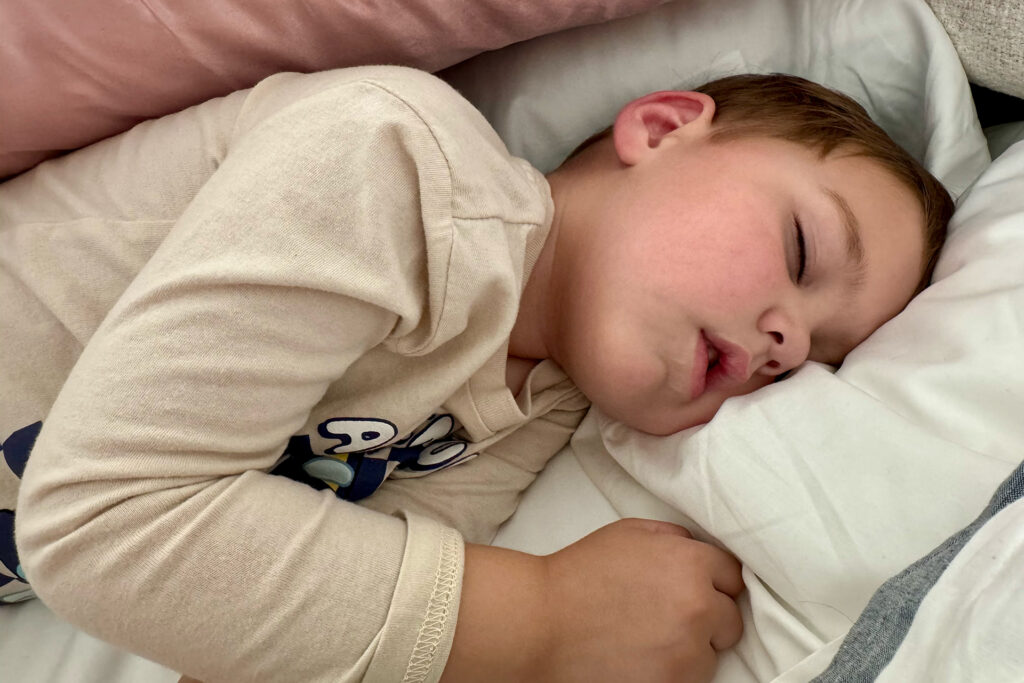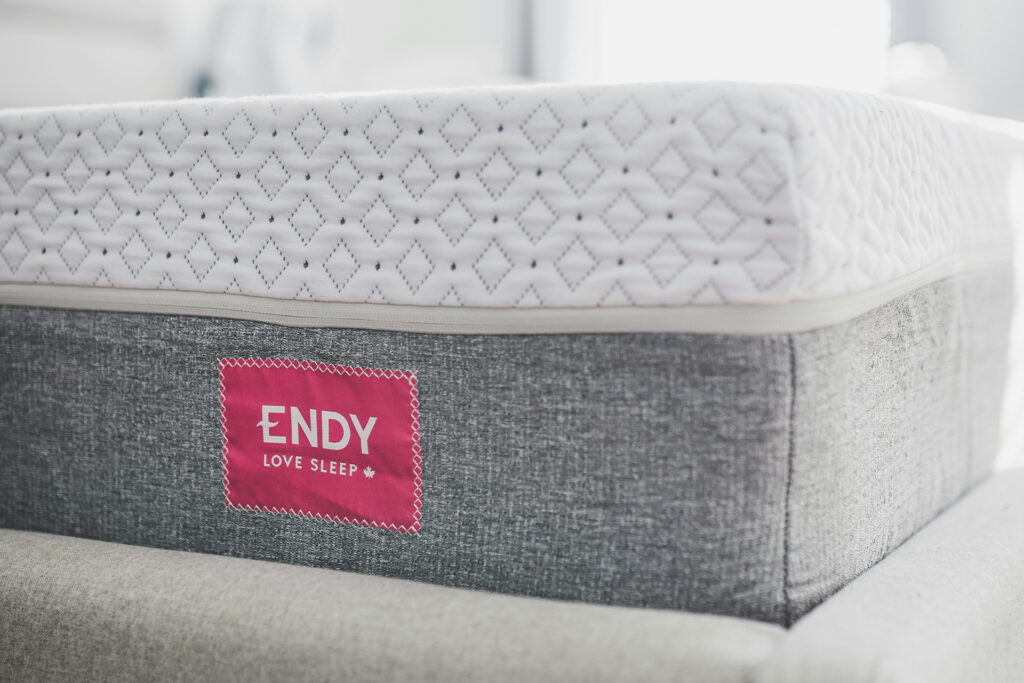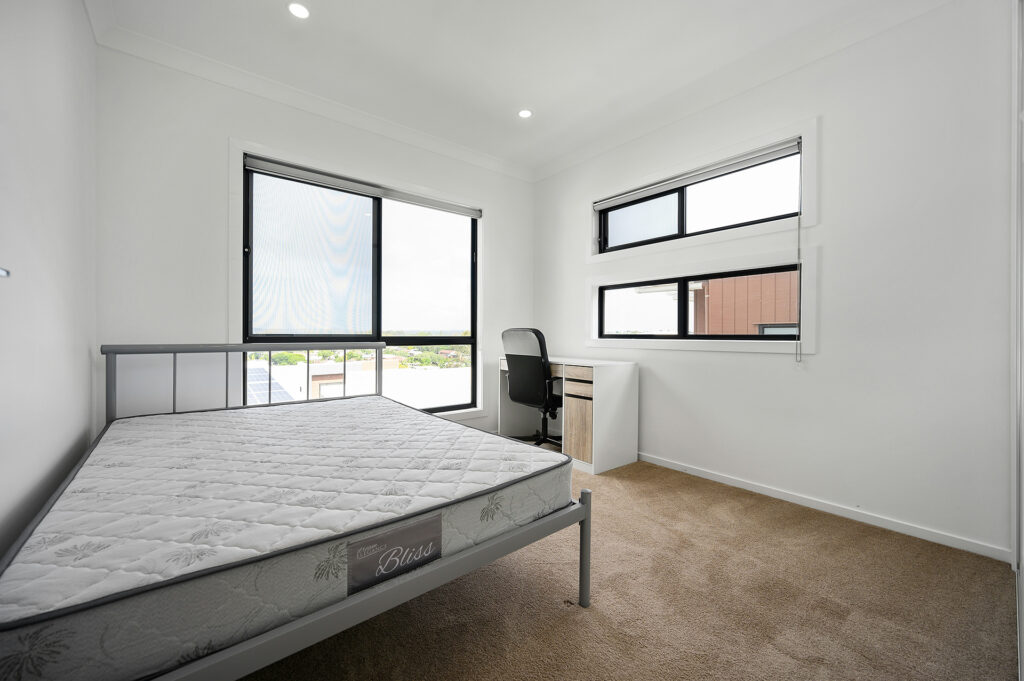Anyone who has seen the 1997 feature film Boogie Nights (or lived through that times as an adult) knows that, for an American man in the 1970s, your masculinity was often significantly defined most by what car you drove. Muscle cars were popular, and luxury cars from Cadillac and Rolls Royce defined opulence at that time. A close second in terms of manhood definition in that all-important, early and formative audiophile era was the size, grandeur, complexity, size and cost of one’s stereo system. Today, nearly 50 years after the formative mid-1970s, younger people love music even more than they did in those historical golden eras of pop and rock, but they tend to purchase more in categories like wireless products (Sonos, HEOS, BlueOS/BlueSound), headphones, or more mainstream AV and connectivity than in the traditional channels that those of us who grew up at the traditional stereo store would recognize.

Health is a Strong Driving Factor in Buying Decisions for Today’s Mainstream Consumer
Why did a publicly-traded medical services company invest a billion dollars buying Sound United, a conglomerate of audiophile and home theater companies, only a few years ago? Some who started the shareholder revolt there might suggest that the now-exiled CEO was an audiophile, and he just wanted to play with some fancy toys. Others would react with “Who cares,” in that Masimo’s legal victory over Apple (still in appeals, but …) was so big that none of the downsides matter, as the settlement upside with Apple could be in the $10,000,000,000-plus range. And all these answers would be incorrect. The reason why Masimo bought Sound United was because they wanted the HEOS connectivity platform, so that they can connect their medical devices (specifically, their watches) to speak to other real-world systems in people’s lives. This is where you see how consumer electronics and well-being are so tightly interconnected.
One place where people are willing to spend money today is on quality sleep. It doesn’t take too much math to realize that we spend one-third of our living hours sleeping. The overly-connected digital, high-stress lifestyles that many of us (yes, I am talking about my Gen-Xer colleagues most specifically) lead isn’t good for our health. Being connected to devices every waking minute of the day, as they emit that dreaded blue light just isn’t healthy, and one of the best antidotes for that issue is to sleep well. Internet mattress companies have boomed in recent years, be they Casper, Purple, Sleep Number, or others. Consumers are now much more willing to spend on sleep than in years before. Sleep Number has a deal with the National Football League. High-end bedding (I like bamboo bedding the best, as it makes silk feel like sandpaper as it is THAT soft, sustainable and pretty affordable – check Amazon for Mr. Bamboo on my recommendation) is now much more common among consumers who are looking for the real-world and experiential benefits of better sleep. Getting more high quality or “REM” (rapid eye movement – not the band …) sleep is at a very high priority for many of us these days.

Should a Stereo Store Sell Beds? Should a Mattress Store Sell Audio?
Who knows which way of parsing this idea is the correct one – perhaps both are. We know that the older owners of audiophile salons literally refuse to accept that headphones are about 25 times the size of the audiophile business, yet they don’t make the lower-barrier-to-entry category a priority at their remaining retailers. Even more disturbing is the ignorance of the fact that the video game business is soon going to be twice the size of the gross revenue of all Hollywood movies and all music sold. Twice, and the elders can’t find a way to connect a PlayStation 5 or an Xbox to an NAD C 3050 integrated amp? They can’t get over the idea that their next generation of clients are much more into Minecraft than they are eligible to collect Medicare. I’ve written about this topic extensively and there is no meaningful change, yet I still receive phone calls from my older audiophile retail friends saying “Jerry, you’ve sold multiple businesses – why can’t we sell our retailers?” Where do I start in that explanation?
So, what makes me think that an audiophile store would embrace health and sleep as a category? Simply put: nearly all of them will not. Change is impossible for so many of the stubbornly unenlightened in the audiophile business. Let’s let that be their problem and look at the other side of the equation.
A friend of mine is a major mattress retailer (and manufacturer) here in Southern California. They have dozens and dozens of stores, which is a distribution chain that reminds me of the old days of audio retail in the late 1980s and into the 1990s. Before Tweeter bought Bryn Mawr Stereo, the Philadelphia-based chain that I worked at, starting as a 16-year-old, it was an 18-store regional powerhouse. Post the early 2000s failure of Tweeter, the regional chains never really recovered. Listen Up, in Colorado, is an outlier and a quality chain without question. Audio Advice, as hard as they are to do business with (and it is hard on all levels), is also a long-standing example of a regional AV dealer with solid audiophile chops. There aren’t too many more left like this, as Tweeter bought most up and quickly went bankrupt in the early 2000s with no real new growth to make up for their loss, or the loss of Circuit City, or the loss of another national retailer in Ultimate Electronics. The charred landscape in the AV world never really sprouted too much new growth after the big burn with Tweeter, Ultimate Electronics and Circuit City.
A mattress retailer has the type of distribution channel that the specialty AV space once had. Perhaps, an enlightened audio-video manufacturer should look to these channels to sell more gear in more important ways? Why would these retailers do it? They make no money selling better sleep through sound, but could. Good consumer electronics are profitable for them and add to the overall gross dollars in a sale. To add a cherry to the top, often customers are financing the expenditure, thus they have the “free (not free at all, really) money” that comes with the higher-interest consumer loans that often fund these purchases. Stereo stores might not understand why selling a $10,000 Hasten’s mattress is the same (or more profitable) than selling a pair of Bowers & Wilkins 702 speakers, but the mattress retailer will get the memo more quickly. Imagine if a company like Lenbrook put colorful, powered audiophile speakers like the PSB Alpha iQ (read the review) and played live ocean sounds for sleep as part of their pitch. Not only will people want the $1,300 speakers, but they add to the overall sale. That’s a win-win!

Does Listening to Music or Sounds Help Sleep?
If you ask my wife and I, it does. We pipe in streaming live ocean sounds from exotic locales from around the world. We listen to curated Zen-like music or spa music at very low levels when we sleep. As a pair of burned-out, tech-working, Gen Xers – we are living clichés filled with stress. Getting better sleep is worth far more than the cost of an extra zone of Sonos or some modest powered speakers. Success in terms of better sleep is the difference between being happy and healthy, and being burned out and miserable. I prefer the former. So does my wife.
We go even deeper with the use of white noise for sleep. Even our three-year-old sleeps with white or green noise on, and we can tell that his naps are longer and higher quality because of the effect of these calming sounds. G’s afternoons are much happier and more productive, which makes our (and grandma Lola’s) afternoons happier and more productive. Is that worth a pair of $1,300 powered speakers with a BlueSound Node built-in? You bet your ass it is …
The National Library of Medicine cites an NIH study showing how listening to calming, relaxing melodic sounds (don’t dial in Yoko Ono Live at The Museum of Modern Art or John Zorn or Slayer as musical examples – so consider yourself warned) at night can lower blood pressure, relax you and ease external stressors. All of this, experts suggest, leads to better sleep. All of this is also right in our audiophile wheelhouse.
Look at what a business the CPAP world has become. If you can’t breathe well when you are out, fast asleep – you can have all sorts of really bad health outcomes. People are rightfully willing to take meaningful actions to fix their sleep, be these the imposition of a CPAP system/mask or beyond. Not that listening to music solves sleep apnea (it does not), but getting better sleep is something that millions of people have bought into and benefited from. QUESTION: how many of these people benefit from the vast health advantages of listening to music, as we audiophiles do? Not very many, to be conservative in our estimate.

Final Thoughts on Looking at Sleep as a New Market Category for the Audiophile Industry …
Can you guess what consumer electronics company is most likely to exploit and profit from this new market category? Bose. And most OG audiophiles hate Bose (and trust me – they feel the same about you, the legacy, or O.G. audiophile), but say what you want about Bose – they are the best multi-channel marketing company that I can think of in any business, anywhere. Bose is the type of company that would open new dealers and “floor” (meaning pay for the inventory and demo gear) to add these new, high profit margin products to their overall arsenal of revenue. They are right to do this, too. Smart as well.
Could an audiophile company get out in front of this trend? I can think of a few that have the vision and intestinal fortitude to do so, but most will ignore it. Sadly, most legacy audiophile retailers likely can’t get this creative.
If I owned a stereo store today, I wouldn’t have a traditional standalone retail location. I would have my demo system installed somewhere like the FBO, where NetJets fly their Gulfstreams. I might want to rent a suite at The Peninsula or Four Seasons hotels to find very high net-worth people who love music and the arts, who might not know what joy and positivity an audiophile system can deliver. I would love to have a few listening rooms at perhaps the Rolls Royce or Bentley service center. These could be somewhat affordable spaces, populated with well-qualified clients who I don’t have to spend a penny to meet. But if I couldn’t get any of those situations going, I might consider setting up audio systems in a retailer like my friend’s mattress company. Could you sell a $400 pair of headphones to a random customer whom you’ve never met? It is possible, and you just paid for a good portion of your overhead without much or any marketing cost, money up front or overall effort.
Every person who walks in the door of this non-audiophile retailer is somebody who might never have experienced what we do. They’ve never felt the goosebumps that come from a great music playback system. They don’t yet know the joy of building and upgrading a system. Might we need to start them off with a more entry-level product? That’s perfectly reasonable, but the key is that we are starting them off on something new. Too much energy in the audiophile business is put into selling the same octogenarians another $20,000 preamp. That’s fine for the next five years, but then when will the audiophile hobby run into the same problem that GM and Cadillac did? When the Greatest Generation died off, it was hard to sell a whole lot more stodgy old cars, such as Fleetwood Broughams. Cadillac, once the most mighty of luxury car companies ever, needed to reinvent itself. Thanks to the advent of the Escalade and some very performance-oriented other cars, the brand is back in ways that other legacy car brands are not (Oldsmobile, for example).
Every business needs new clients, including us here at FutureAudiophile.com. We value new clients at the highest level. Our standard is, how many do we renew after the first year (90 percent plus, but we aim for even higher)? The audiophile hobby is highly resistant to change, but major change is upon us. The good news is that Millennials and Gen Z have been raised with full access to all recorded music ever at their immediate disposal. This is a wonderful, money-spending, large-volume demographic who loves things that are special, be they experiences or actual products. Excellent sleep delivers both an experience and a tangible good. It also could be an entry for the audiophile hobby to do some youth outreach in areas where like-minded, tech-savvy younger people are willing to spend money. Doesn’t that seem like a sound idea?
Do you sleep with sound? The Calm App? YouTube? Elsewhere? Where do you stream your sound? How much do you value quality sleep? What audio gear do you have near your bed? An Alexa radio, an audiophile system, Sonos? Let us know, as we want to hear how this topic resonates with you, and how you get the most from the audiophile hobby. We will post your moderated comments ASAP. We moderate to keep the trolls and blatant spammers out, we hope you understand …




Abt store in Chicagoland sells mattresses as well as electronics.
That is good to know.
I bet Nebraska Furniture Mart does too but that’s just a guess 🙂
M7 6 foot 1, just turned 13 year old (last Sunday) has those Momentum 4 headphones. A classic.
And safer than hanging yourself while listening to The Wall while sleeping!!! 🙂
A very interesting and relatable article! As a young audiophile, about five decades ago, I would wear my headphones in bed playing Pink Floyd or The Moody Blues through my Koss headphones at a very low level. I would usually fall asleep before the end of the album. Even now, cordless thanks to blue tooth, I listen to my Sennheiser Momentum 4’s with the same results.
As a sleep doctor, I’m all in favor of excellent sleep. That photo of Giovanni sleeping with his mouth open is frightening for his long term health, though.
White or pink noise is proven to help some people with sleep, as it can aid in calming neuro input. Television or music sounds are not shown to have similar effect, so I urge caution.
I passed this very interesting article along to my local B&M store leaders.